Rise of Male Grooming Trends
The Contouring Product Market is witnessing a significant shift with the rise of male grooming trends. As societal norms evolve, more men are embracing makeup as a tool for self-expression and personal care. This trend is reflected in the increasing number of brands launching contouring products specifically designed for men, catering to their unique needs and preferences. Market data suggests that the male grooming segment is expected to grow at a compound annual growth rate of 6% over the next five years, indicating a substantial opportunity for brands within the contouring space. This shift not only expands the consumer base but also challenges traditional marketing strategies, prompting brands to adopt more inclusive approaches. The growing acceptance of makeup among men suggests that the Contouring Product Market is likely to diversify, leading to innovative product offerings.
Growing Awareness of Skin Health
The Contouring Product Market is increasingly influenced by the growing awareness of skin health among consumers. As individuals become more conscious of the ingredients in their cosmetics, there is a rising demand for contouring products that prioritize skin-friendly formulations. Brands are responding by developing products that incorporate nourishing ingredients, such as vitamins and natural extracts, which not only enhance appearance but also promote skin health. This trend aligns with the broader movement towards clean beauty, where consumers seek transparency and sustainability in their product choices. Market data indicates that the clean beauty segment is projected to grow by 10% annually, suggesting a shift in consumer preferences that brands must address. The emphasis on skin health indicates that the Contouring Product Market is likely to evolve, with a focus on creating products that are both effective and beneficial for the skin.
Influence of Celebrity Endorsements
Celebrity endorsements significantly impact the Contouring Product Market, as high-profile figures often shape consumer preferences and trends. When celebrities publicly endorse contouring products, they not only enhance brand visibility but also lend credibility to the products. This phenomenon is particularly evident in the beauty sector, where collaborations between brands and celebrities have resulted in successful product launches. For instance, contouring kits endorsed by well-known makeup artists or influencers often see a spike in sales, as consumers aspire to replicate the looks of their favorite stars. Market analysis indicates that products associated with celebrity endorsements can experience sales increases of up to 30% within the first month of launch. This trend underscores the importance of strategic partnerships in the Contouring Product Market, as brands seek to leverage the influence of celebrities to drive consumer engagement and sales.
Increasing Demand for Contouring Products
The Contouring Product Market experiences a notable surge in demand, driven by the growing interest in makeup artistry and personal grooming. As consumers become more aware of the transformative effects of contouring, the market sees a rise in product offerings. In 2025, the contouring segment is projected to account for approximately 25% of the overall cosmetics market, indicating a robust growth trajectory. This increasing demand is further fueled by the proliferation of beauty influencers and makeup tutorials across various platforms, which educate consumers on the effective use of contouring products. Consequently, brands are expanding their product lines to include diverse shades and formulations, catering to a wider audience. This trend suggests that the Contouring Product Market is likely to continue evolving, with innovative products that meet the specific needs of consumers.
Technological Advancements in Product Formulation
Technological advancements play a pivotal role in shaping the Contouring Product Market. Innovations in formulation techniques have led to the development of high-performance products that offer improved blendability, longevity, and skin compatibility. For instance, the introduction of lightweight, buildable formulas allows users to achieve a natural look without the heaviness often associated with traditional contouring products. Additionally, advancements in packaging technology have facilitated the creation of user-friendly applicators, enhancing the overall consumer experience. As a result, brands that invest in research and development are likely to gain a competitive edge in the market. The emphasis on quality and performance indicates that the Contouring Product Market is poised for continued growth, as consumers increasingly seek products that deliver exceptional results.


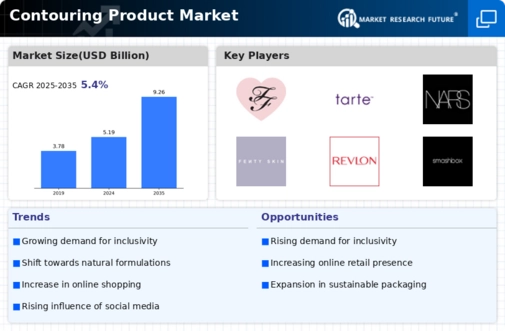

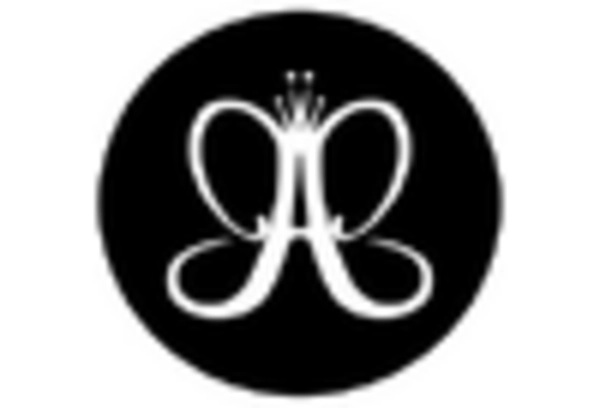
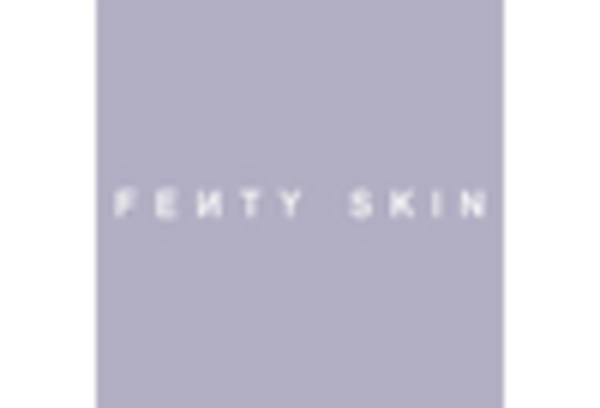

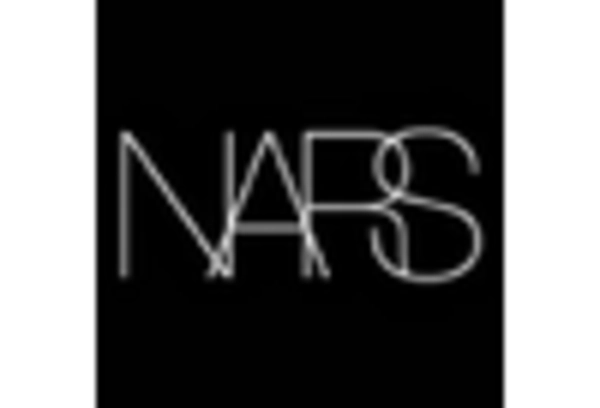
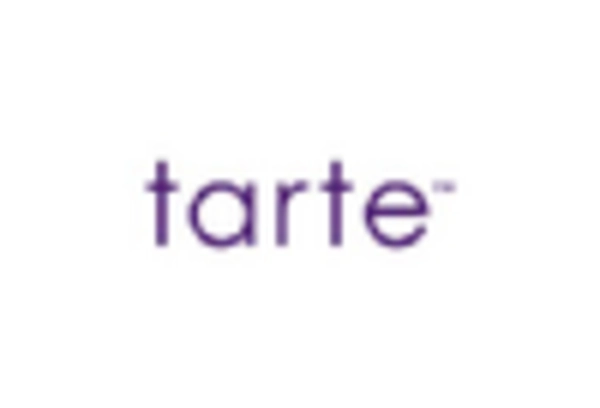
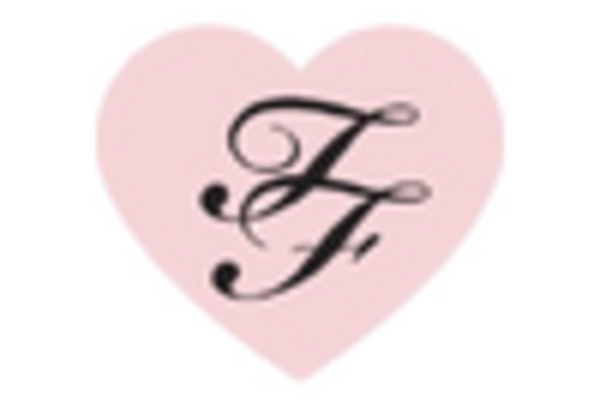








Leave a Comment